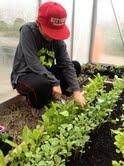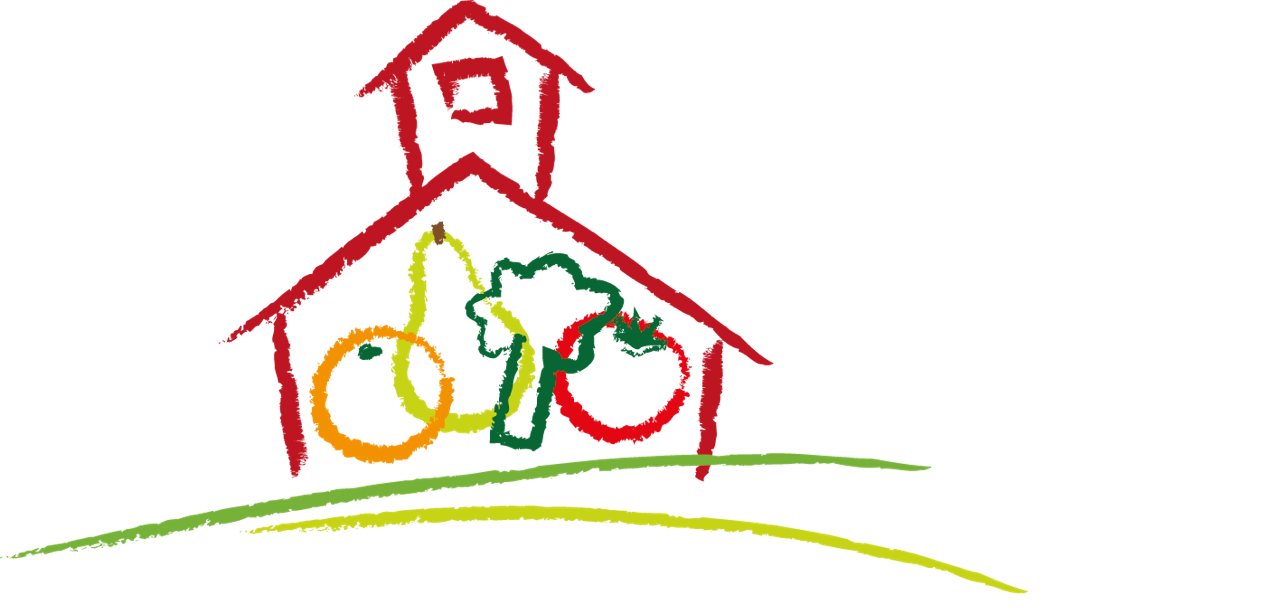Kittery School District – The Year of the Salad Bar

- Number of kids served at KSD: 1013
- Percentage who qualify for free and reduced-priced meals: 35%
- Annual number of local farms partners: 4 farms
- Kids’ favorite local produce: beans, tomatoes, cucumbers, and leafy greens
A year has passed since Kittery School District in Maine received three brand new salad bars from Let’s Move Salad Bars to Schools. From the onset, Nutrition Services Director Wendy Collins took great measures to ensure their success. And while fresh fruit and vegetable consumption has increased, Collins believes that the benefits are much more far-reaching.
“I have really noticed a change in what is on a student’s tray now compared to the start of last school year, “ Collins said, “Some students choose milk, bread, and fill the rest of their tray with a scrumptious salad and all the fixings.”
As Sure As Your Garden Grows
Collins notes that since introducing the salad bars, students have become increasingly excited about working in their greenhouse and gardens. As a result, school produce yields have risen and kids are overjoyed to see and taste the fruits of their labor on the salad bar.
Incorporating garden veggies on the bar started off slow. The schools participate by choice and at their own level of commitment. The elementary school (K-3) plants a garden each year as part of their curriculum. They donate as they have extra produce. This year elementary kids saw their potatoes and carrots on the bar.
Fourth through eighth graders have a more consistent yield. Collins and her UNH Nutrition intern meet with middle school Green Team Leader, Jen Thayer, and choose the seeds to plant each year. Student input is always considered during this process. Their favorite crop – hot peppers! Also served in the middle school cafeteria this year were broccoli, tomatoes, and radishes. In addition to stocking the salad bar, the middle school sells their plants at the local farmer’s market to raise funds for program expansion.
The heated greenhouse at the high school focuses on USDA organic greens. The greens are donated to the cafeteria year-round.
Collins foresees the growing program will expand even more.
Training and Proper Equipment Above All Else
Staff training is a critical component for Collins. The nutrition service staff are constantly building their skills through knife and ServSafe training offered through the department. Moreover, each school has an employee who dedicates four hours daily to the salad bar; Collins refers to this person as a “salad bar expert.” The expert is responsible for pricing and ordering produce that is both cost effective and in line with what the students will eat. They also spend the morning chopping and slicing vegetables and fruits of all varieties. When the local farmers have produce in season, they’ll do a double wash of these vegetables during prep. Kittery currently works with four farms, two within a mile of their district middle school – Touching Earth Farm and Greenlaw Gardens in Kittery; Baer’s Best Beans in South Berwick and Giles Family Farm in Alfred.
Although the staff is becoming highly competent in salad bar prep, Collins emphasizes the need for more advanced equipment. Maximizing prep time is always of the essence. She is currently working on an equipment grant that would allow for a Robot Coupe to aid with prepping larger volumes of fruit and vegetable.
Community Approved
As with any labor-intensive project that a team passionately believes in, acceptance and approval is the most rewarding measure of success. Collins and her team recently hosted a community dinner in March featuring their farm-to-school menu items, composting program and environmental teams. All the district farmers were there to share their stories.
As an added feature, they rolled out a full salad bar to complement the dinner. Over 200 community members attended, 90% of whom praised the salad bar as a highlight.
